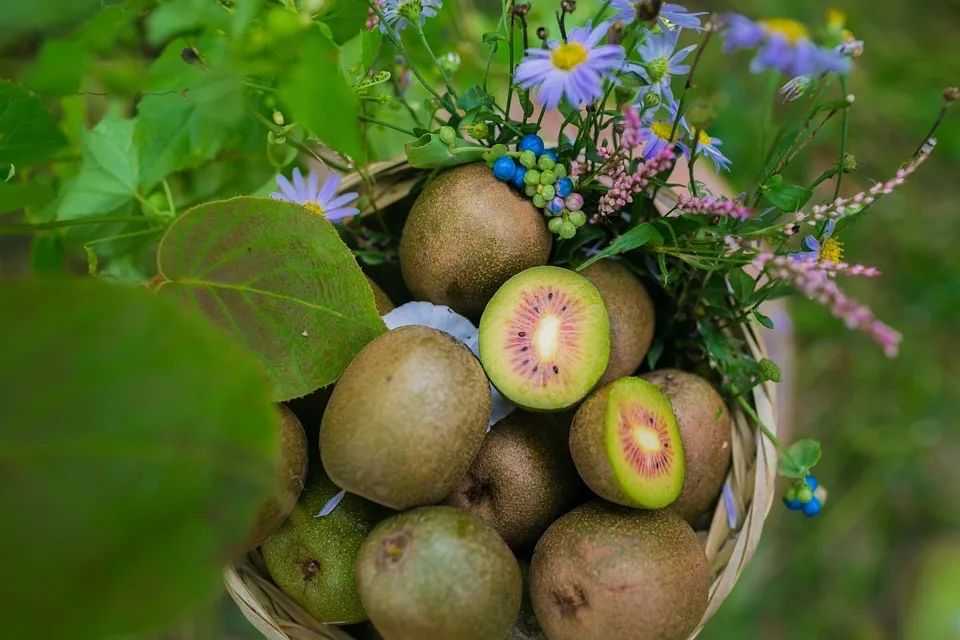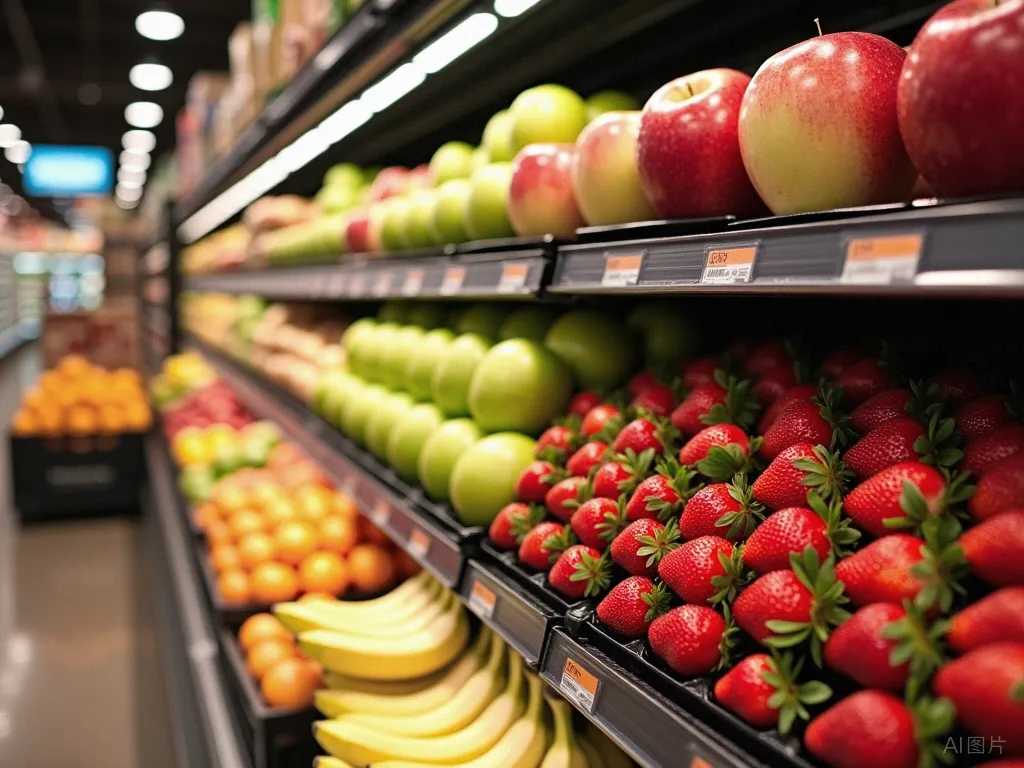Search for information
New Zealand's Agricultural Structure Undergoes TransformationNew Zealand's agricultural structure is in a state of continuous transformation, as revealed by the latest data from Statistics New Zealand. There is a distinct contrast between the shrinking scale of traditional animal husbandry and the expansion of high - value - added planting industries.
May 13, 2025, 4:15 pm EDT

Source: Images from the Internet, if there is any infringement, please contact the removal of

Candlelight gilds collarbone valleys, silk drapery encrypts rococo mysteries. Renaissance brushstrokes reawaken in 4K clarity upon living marble.more

Daniel Craig Reportedly Invited to Star in Greta Gerwig's The Chronicles of Narnia Reboot
It has been reported that Daniel Craig has been invited to star in Greta Gerwig's reboot of The Chronicles of Narnia, potentially taking on the role of Uncle Andrew.more

Finland: A Nation with Social Phobia?
Finland has long been rumored to be a nation where social phobia seems to prevail. This perception is not without basis. In Finland, people highly value their personal space. A set of photos about Finns queuing once went viral on the Internet. In these pictures, the distance between people queuing is usually more than one meter, maintaining sufficient space, which is dubbed as "social phobia queuing".more

Botswana Golden Grand Prix 2026 to Be Upgraded as Precursor to World Relays
Botswana Golden Grand Prix 2026 to Be Upgraded as Precursor to World Relaysmore

Soaring Vegetable and Fruit Prices in the US in 2025 Spark Concerns
Soaring Vegetable and Fruit Prices in the US in 2025 Spark Concernsmore

"Donkey Kong: Banana Blitz" to Debut on Nintendo Switch 2 on July 17, 2025
In an exciting announcement for gaming fans, it has been revealed that the new 3D Donkey Kong game, "Donkey Kong: Banana Blitz", will be released on the Nintendo Switch 2 on July 17, 2025.more

Global Elegance · A Mesmerizing Visual Feast
Embark on a transcendent journey through international aesthetics!more

Life Photos of Foreign Beauties: Issue 107 - Captivating Shots of an Amateur Model
Step into the world of elegance and charm with the 107th issue of "Life Photos of Foreign Beauties," which spotlights the enchanting photography of an amateur model. This collection offers a fascinating glimpse into the model's daily life, capturing her in a variety of settings that showcase both her natural beauty and unique personality.more

